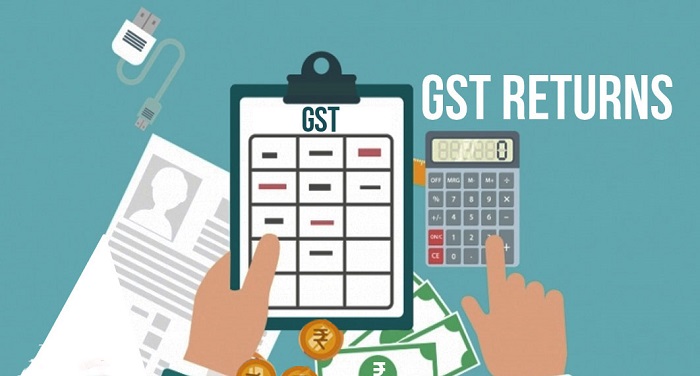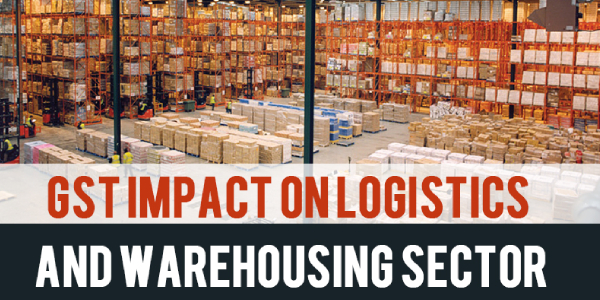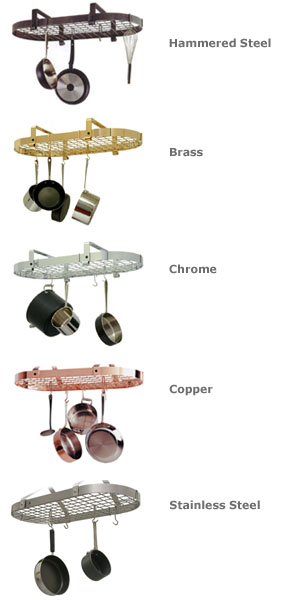What is meant by GST and GST return?
Goods and Service Tax (GST) joined all the states to form a single market. The common market is formed by breaking all the barriers between states. It enables goods to smoothly flow across states. It includes all the indirect taxes imposed by the state and the central government. The main aim of the Goods and Service Tax is to bring a uniform indirect tax system for pan India. GST was implemented on July 1st, 2017. The Indian warehouse industry is one of the main industries in India with 55,000 crores.
Why warehousing unit owners should file for GST return?
The entire warehouse industry of India was reshaped after the implementation of GST. The main change in the warehousing industry because of GST implementation is the change in the distribution model. It changed many Clearing and Forwarding models to the distributor type model.
Before the implementation of GST for most of the goods, the tax rate of state and centre levied tax was 26.5%. It includes VAT – 12.5% and cenvat – 14%. After the implementation of GST, it was reduced to 18% or 12%. It is now followed for all the services and most goods. In the previous case, the company needs to have their warehouse in all the states because of the various regime indirect taxes.

The implementation of GST removed these taxes so small size warehouses are now downsized by all the companies and also the capacity of large warehouses was increased to 40% for the benefit of companies.
After the implementation of the new regime tax, companies started to consolidate all the warehouses and expand the capacity of the existing warehouse. The requirement of the warehouse was reduced by restructuring the operating environment with more efficiency. Implementation of GST increased the size and efficiency of the warehouse. They also utilized more storage space to improve the storage efficiency of the warehouse.
The consolidated warehouse has many benefits when compared with the small size scattered warehouses. The main benefit of a consolidated warehouse is the technological application which is achieved by the implementation of the warehouse system and art planning. The supply of goods from small size, low quality and inefficient warehouse is shifted to high quality and large size warehouse. Some of the industries which consolidated their warehouse are pharmaceutical, consumer durable, Fast Moving Consumer Goods (FMCG) companies and consumer electronics.
150 million square feet warehouse space was combined after GST implementation and the experts expect it to increase in the future. In few years approximately 25 new Multi-Modal Logistics Park (MMLP) will be established. GST has enhanced the spoke model and hubs in India.
Changes after implementation of GST return
After GST, warehousing is one of the largest growing fields and the warehousing industry is rapidly changing. In this article let us discuss impacts on India’s warehousing unit after the implementation of filing GST return.
. Implementation of GST reduced the number of high costs, small size, and inefficient warehouses.

When it comes to logistics the shipment value was increased. Before the implementation of GST, the companies have many warehouses and logistics need to move between the spoke model and hubs but after the implementation of GST, the number of warehouses and trucks was reduced. Companies need only a few trucks to move cargo between the manufacturing plant and the warehouse. The turnaround time is reduced and the flow time of good is fast.
. Companies can use robots and adopt WMS (Warehouse Management System) since the consolidated warehouses are large in size with many inventories and mostly they are located at a central point between the manufacturing unit and customer point.
. GST has cost-benefit for the company because there will be less number of check posts and tolls. The efficiency of the distribution can be improved and cost can be saved by streamlining the distribution of the company. This can be done only with the large size and automated warehouse. FMCG, pharmaceuticals, automotive, electronics and E-commerce are the main beneficiaries because they can have their large size warehouses in main locations like Chennai, Indore, Delhi, and Mumbai.
If you are storing high-value things in the inventory then you need to use RCC framed structure. You must also have high-quality fire extinguishers. It is also recommended to insure the inventory both in the warehouse and also during the shipment time. Click here – https://www.business-standard.com/article/economy-policy/huge-burden-for-players-in-farm-produce-as-warehouses-comes-under-gst-net-119040800703_1.htm


